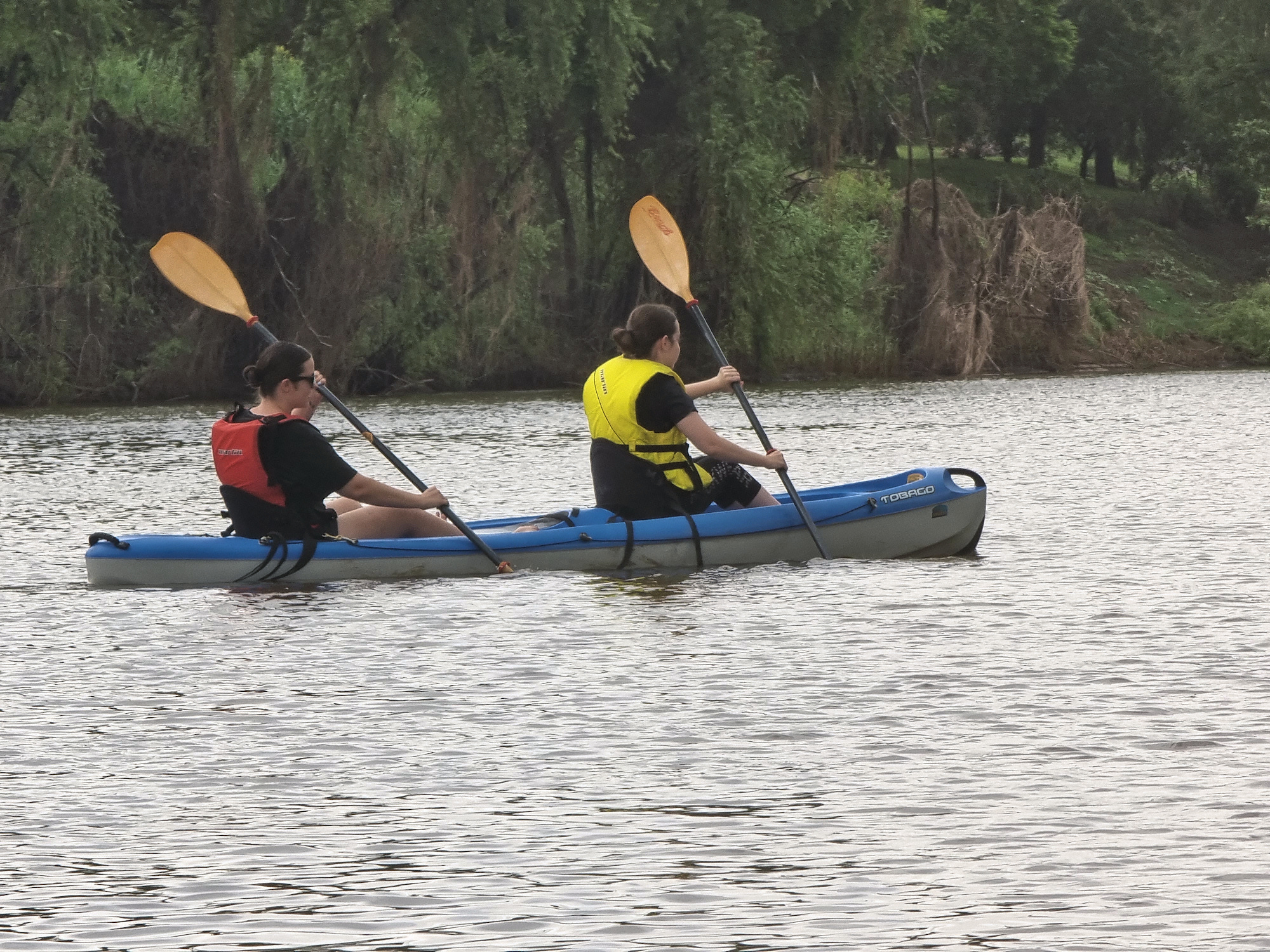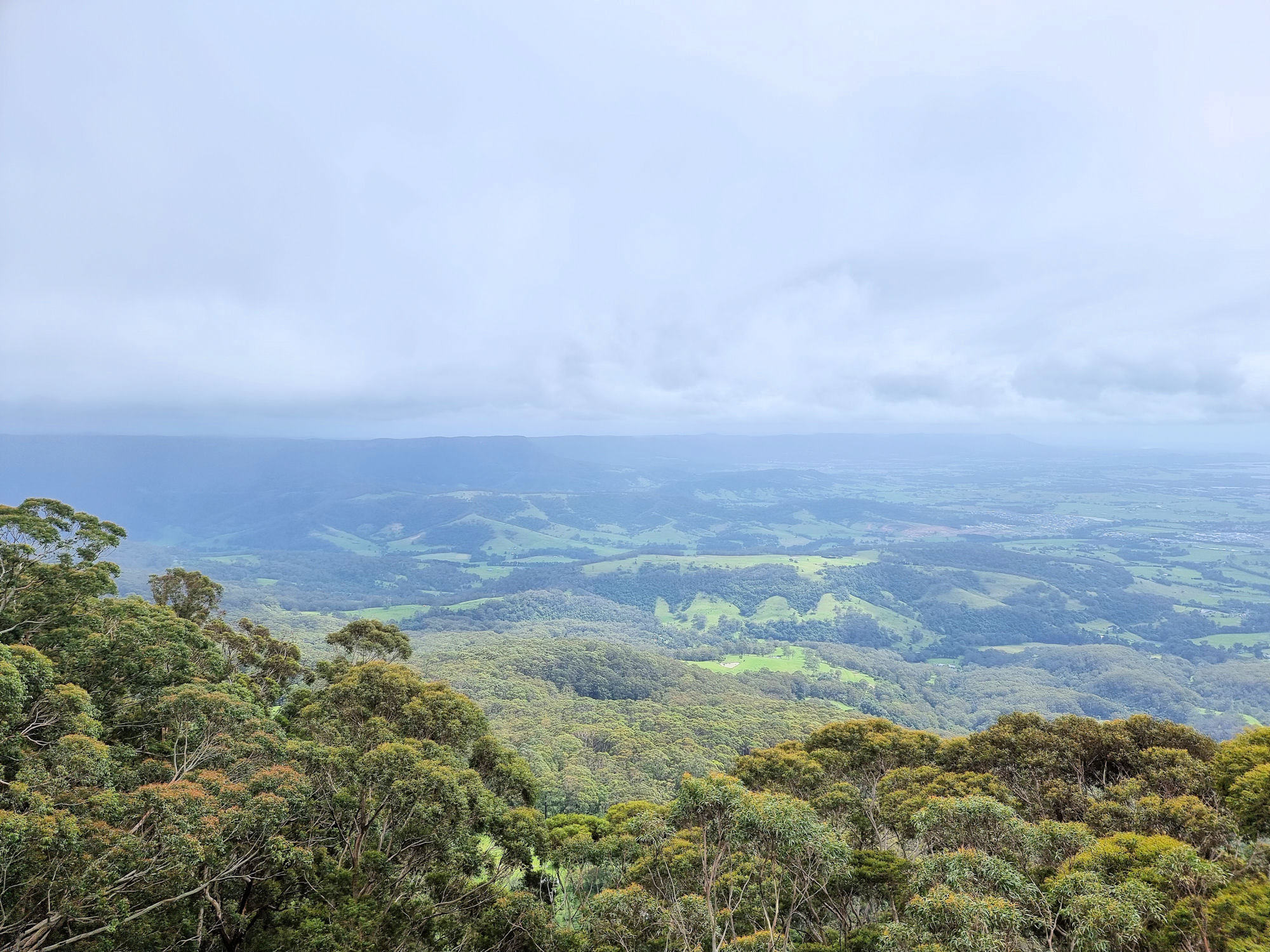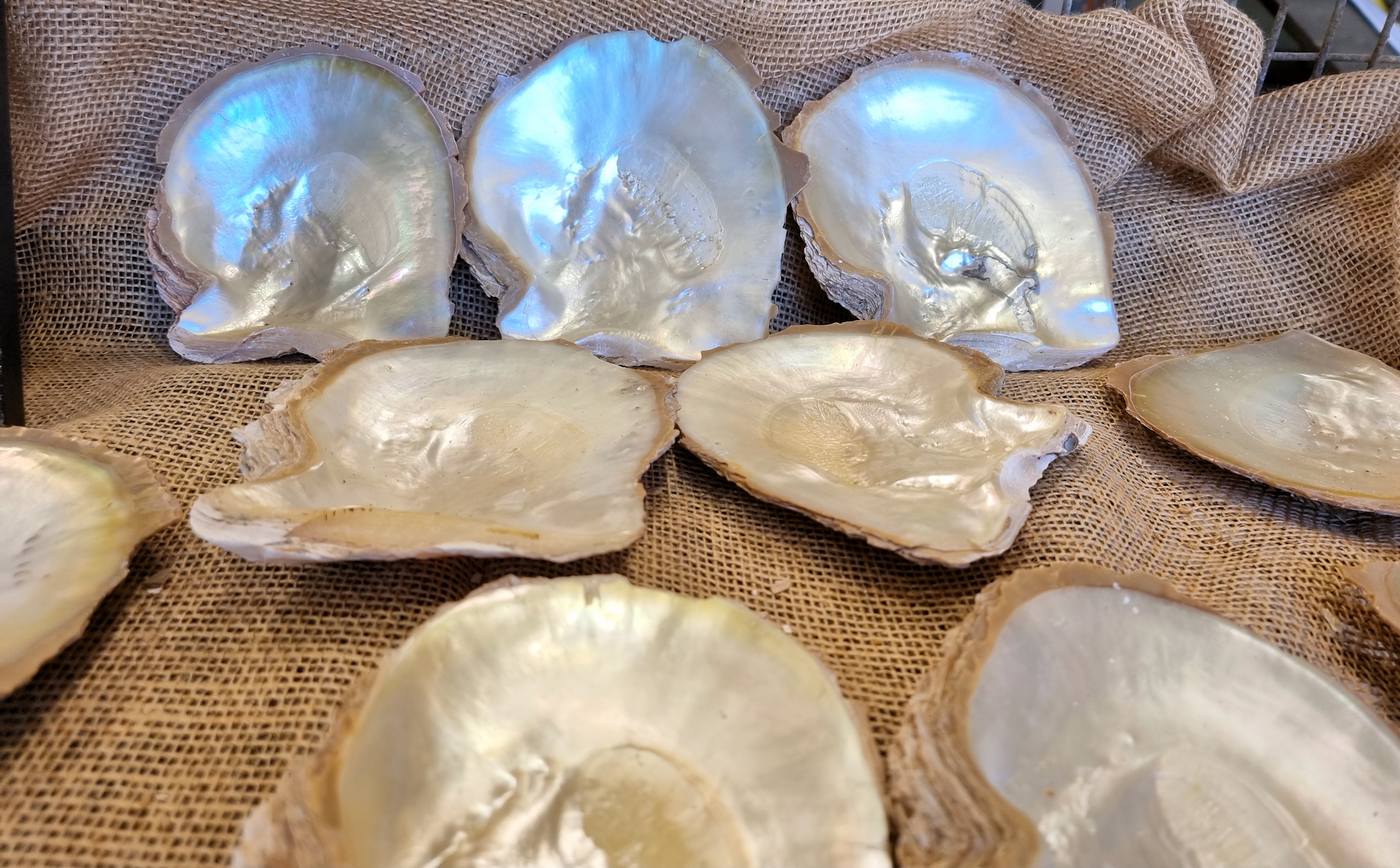Category: Activity
-
Hunter River Kayak Maitland

Hunter River Kayak Maitland An initiative of the Maitland Council to encourage people to use the Hunter River and visit the Levee Precinct, the kayaks are operated by Lake Mac Kayak and Bike Hire. We hired two double kayaks for us and our two adult children. As well as the kayaks, life jackets are provided.… Read more
-
Illawarra Fly Treetop Walk

Illawarra Fly Treetop Walk Ever gone walking through a forest, looked up at the trees and wondered what it would look like from the canopy? Well at the Illawarra Fly Treetop Walk you can find out. Situated just over half an hour west of Kiama, this walk takes you through the canopy of a temperate… Read more
-
Broken Bay Pearl Farm

Broken Bay Pearl Farm Established in 2003, Broken Bay Pearl Farm is New South Wales’s only pearl farm. Although Sydney Rock oysters used for eating are farmed here, this is the first business to farm pearls. Located at Mooney Mooney on the Hawkesbury River, parking was at a premium, with some people on our tour… Read more